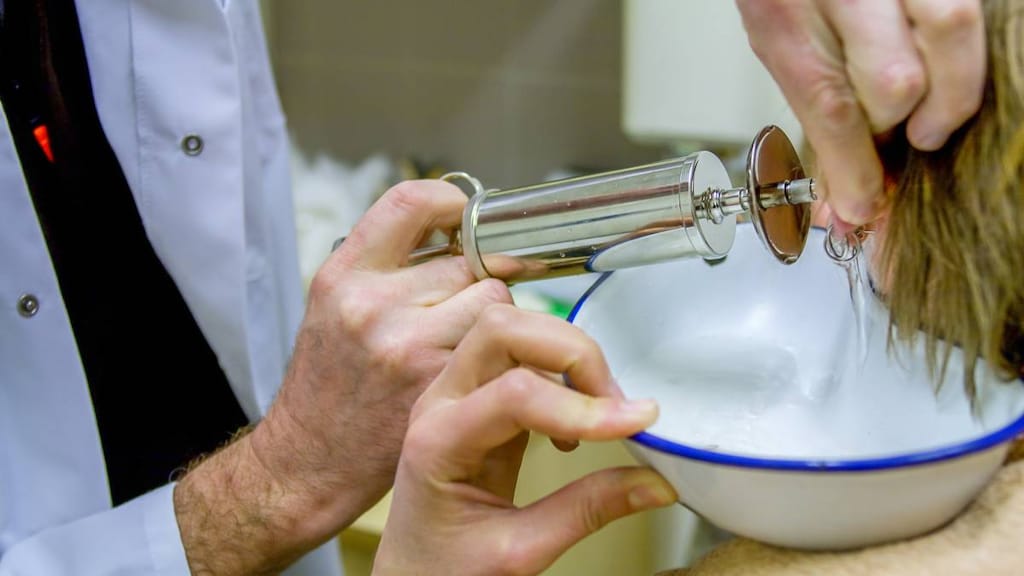
What is ear wax impaction?
Ear wax impaction is the build-up of ear wax inside the outer ear canal to an extent that it causes a blockage (also called impaction).
This most often occurs when cotton-tipped buds or other pointy objects (such as hair clips) are inserted into the ear to remove wax. While this may remove some superficial wax, it also pushes the rest of the wax deeper into the ear canal.
Ear wax may also be called cerumen.
Cerumen removal is the process of removing ear wax from the ear canal.
What causes ear wax impaction?
Ear wax (cerumen) is naturally produced by glands within the outer ear canal. It has lubricating and antibacterial properties and traps and prevents dust, bacteria and other microbes from entering and damaging the ear. It also stops water from irritating the delicate lining of the ear canal.
In most people, cerumen makes its way to the opening of the ear and then falls out or is removed by washing. However, some people make extra wax that is not easily removed through natural processes. This wax hardens and blocks the ear. Inserting objects into the ear, such as cotton-tipped buds or hair clips can push the wax deeper into the ear canal and block it. Therefore, self-removal is not recommended, instead, you should see your doctor or healthcare provider so they can remove it.
What are the symptoms of ear wax impaction?
Common symptoms of ear wax impaction include:
- A feeling of fullness in the ear
- Ear pain or an earache
- Hearing loss or partial hearing loss
- Itching in the ear
- Persistent cough
- Tinnitus (a ringing, humming, or buzzing in the ear)
- Rarely, a loss of balance
In older people, ear wax impaction may contribute to confusion or difficulty understanding information.
The presence of ear wax does not affect temperature measurement via the ear canal.
How is ear wax impaction diagnosed?
If you have symptoms of cerumen impaction then see your doctor.
Your doctor will use a special tool called an otoscope to look down your ear which allows visualization of either the eardrum of cerumen impaction if this is blocking the eardrum. They will then advise you on treatment.
Ear wax removal is considered when:
- Symptoms of ear wax impaction, such as hearing loss, itching, pain, or tinnitus, are present
- A healthcare professional is unable to examine the ear canal or eardrum because of ear wax build-up
- Ear wax is preventing an assessment of the ear canal in people unable to effectively communicate their symptoms (for reasons such as dementia, developmental or speech delays, very young children).
How is ear wax removed?
Ear wax may be removed using:
- Cerumenolytic agents, such as carbamide peroxide
- Irrigation with body-temperature water using a bulb syringe
- Manual removal using a cloth and mineral oil
Some people, such as those with bleeding disorders, liver failure, or low platelets, have an increased risk of bleeding in the outer ear canal during ear wax removal.
Treatments such as ear candles, olive oil drops and cotton-tipped swabs are not recommended.
If multiple attempts at treatment are unsuccessful or symptoms persist despite cerumen removal then people should be referred to an otolaryngologist.




